Before you allow yourself to get involved at a given project, it is important for you to have a clear idea of what you need to do and what…
continue reading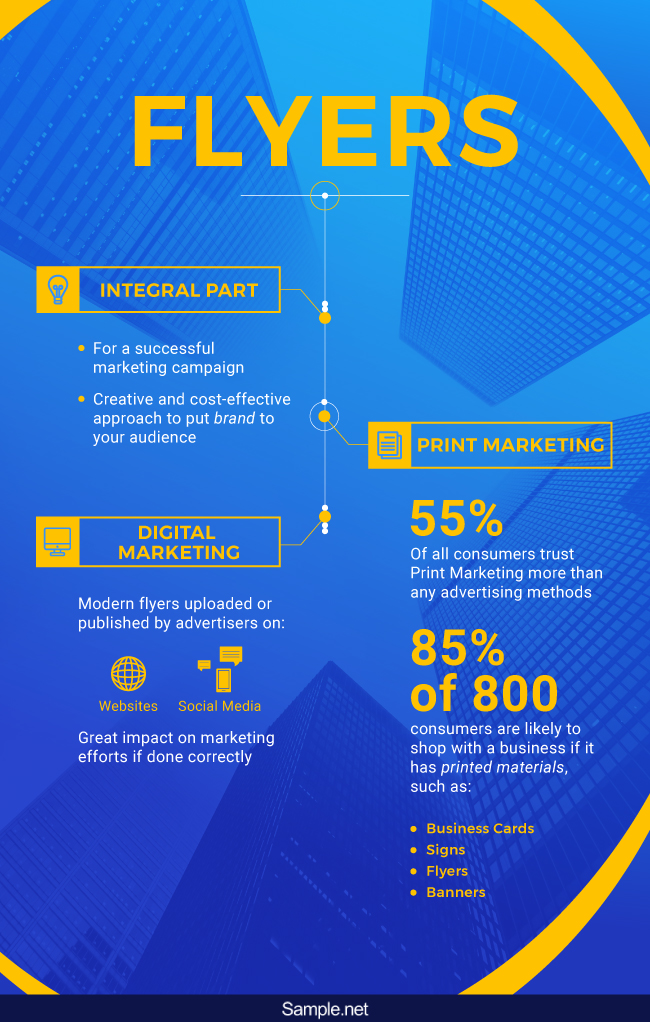
“Over 55% of all consumers trust print marketing more than any other advertising method.”
“85% of 800 consumers said they are more likely to shop with a business if it has custom professionally printed materials, including business cards, signs, flyers, or banners.” (Source: Small Business Trends)
27+ Sample Modern Flyers
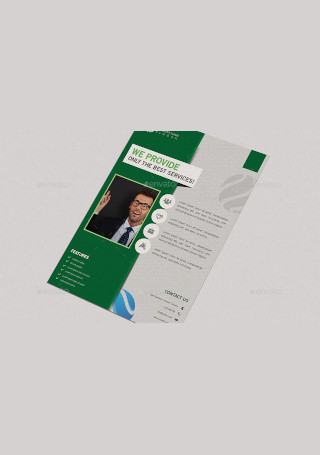
Modern Flyer Template Design
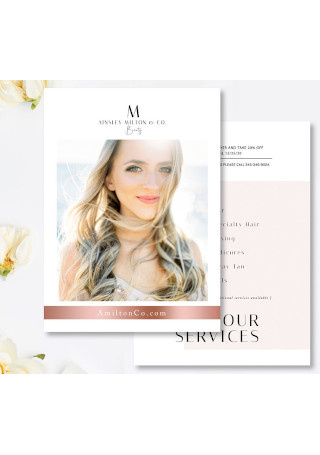
Modern Salon Promotional Flyer
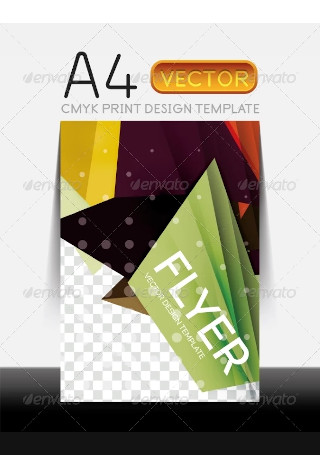
Vector Modern Flyer Design
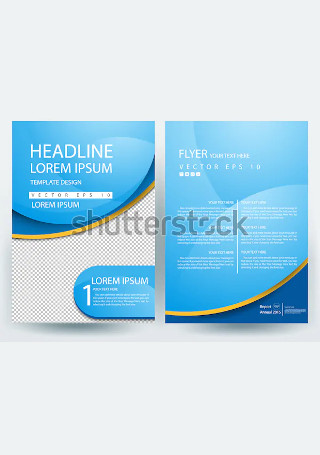
Modern Flyer in Vector EPS

Retro Modern Flyer

Digital Marketing Flyer
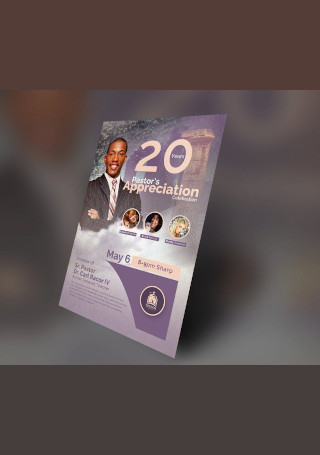
Modern Pastors Appreciation Flyer
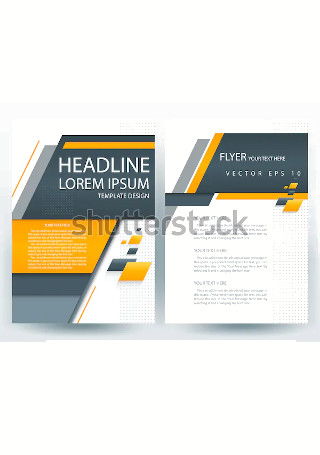
Modern Flyer InDesign
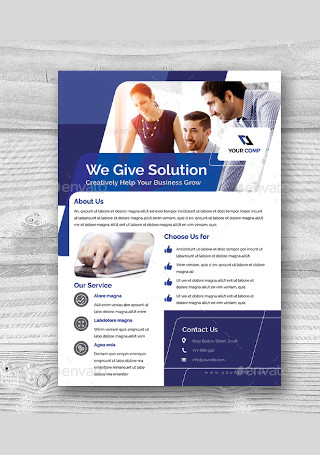
Elegant Modern Flyer
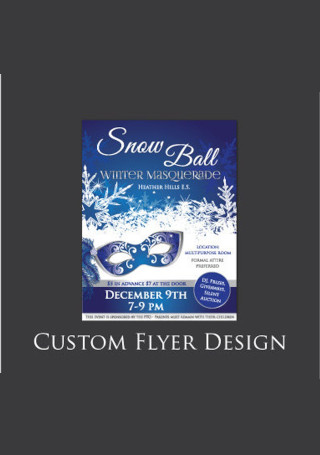
Modern Custom Flyer Design
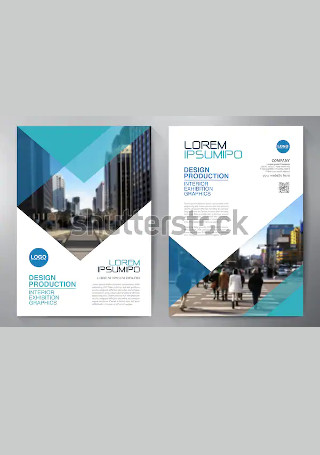
Business Flyer Design
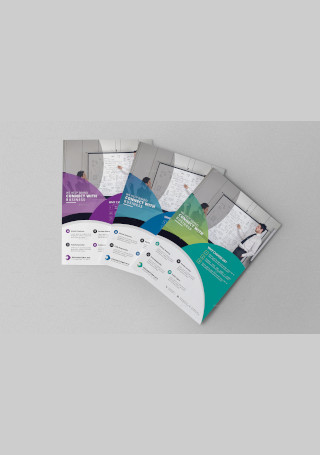
Sample Modern Flyer
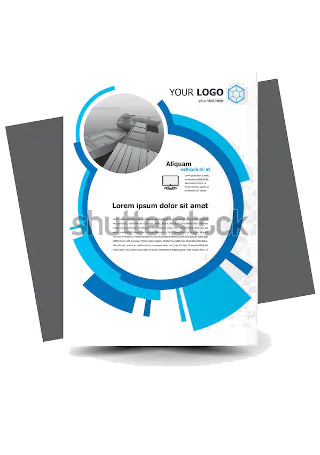
Modern Design Flyer in Vector EPS
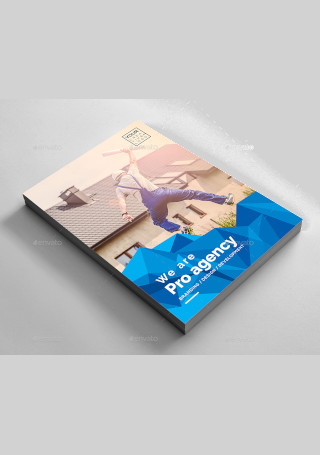
Minimal Modern Flyer
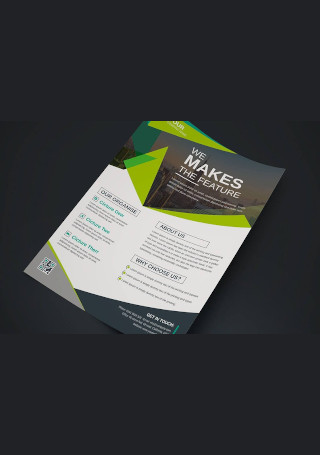
Corporate Business Flyer Design
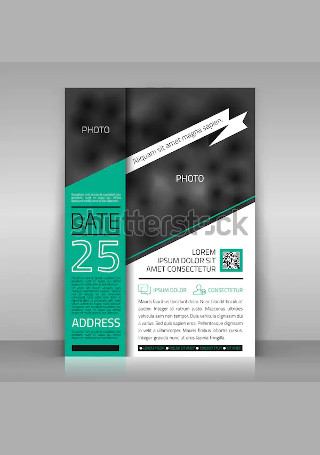
Business flyer Design
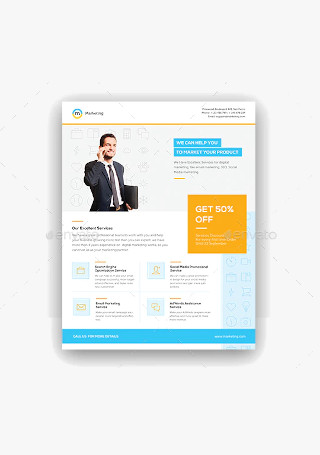
Modern Event Flyer InDesign
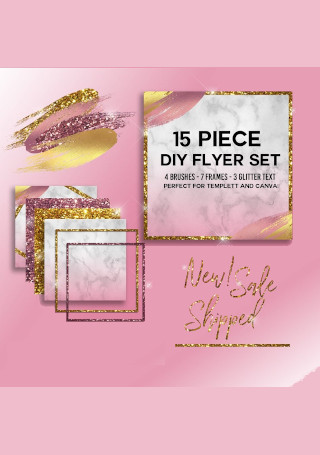
Social Media Flyer
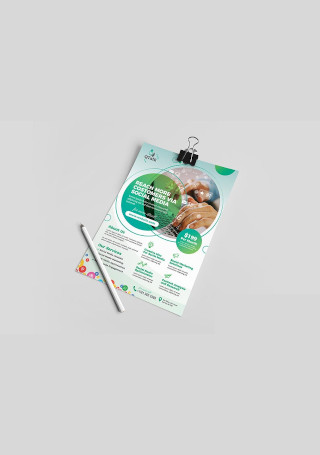
Social Media Marketing Flyer
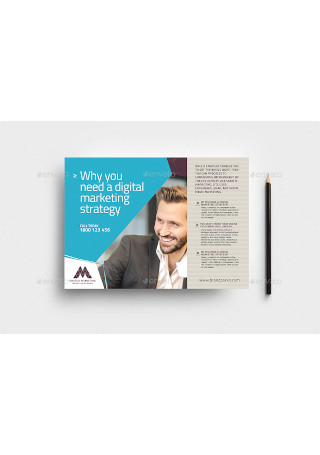
Digital Marketing Flyer Sample

Event Postcard Flyer
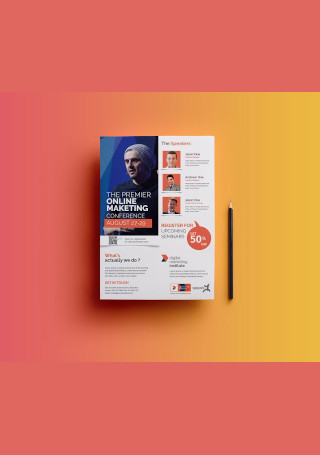
Digital Marketing Conference Flyer Sample
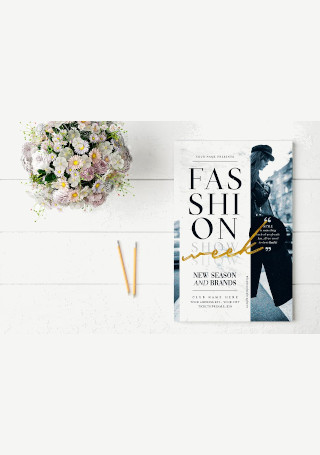
Fashion Week Flyer

Event Flyer Design
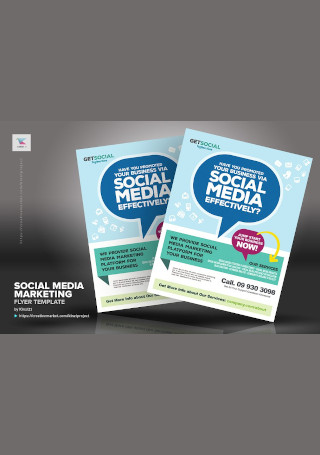
Social Media Marketing Flyer Sample
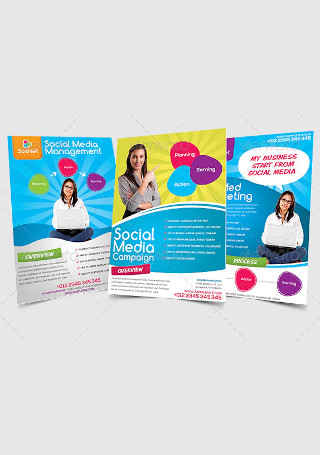
Vintage Social Media Marketing Flyer
What Is a Modern Flyer?
Technology has helped shapen the marketing world in ways no one would have guessed. Nowadays, we can find many digital advertisements that are the modernized version of their print counterparts. Billboards now come in giant televisions, while flyers can be uploaded and sent through the internet. But despite having a print and digital version of a modern flyer, this promotional medium is still utilized for the same purpose.
Modern flyers are an essential self-promotion tool that allows you to showcase your products, services, or events to a targeted audience. These flyers may be distributed by hand, mail, or any digital platform, such as social media and electronic mail. Flyer distribution is an effective and inexpensive way to deliver your message to consumers, while also keeping them informed on the latest updates regarding your product launches, store openings, special promos, and recruitment efforts.
Types of Modern Flyers
The first step to designing a flyer is to find out what goes in it. Every flyer caters to a specific purpose to effectively convey a message to the right audience. Businesses might make use of one marketing flyer, or they might choose to utilize a variety of such to optimize their promotional efforts. The type of flyer used is typically decided upon based on a number of factors. The following flyer types are categorized according to their main intention:
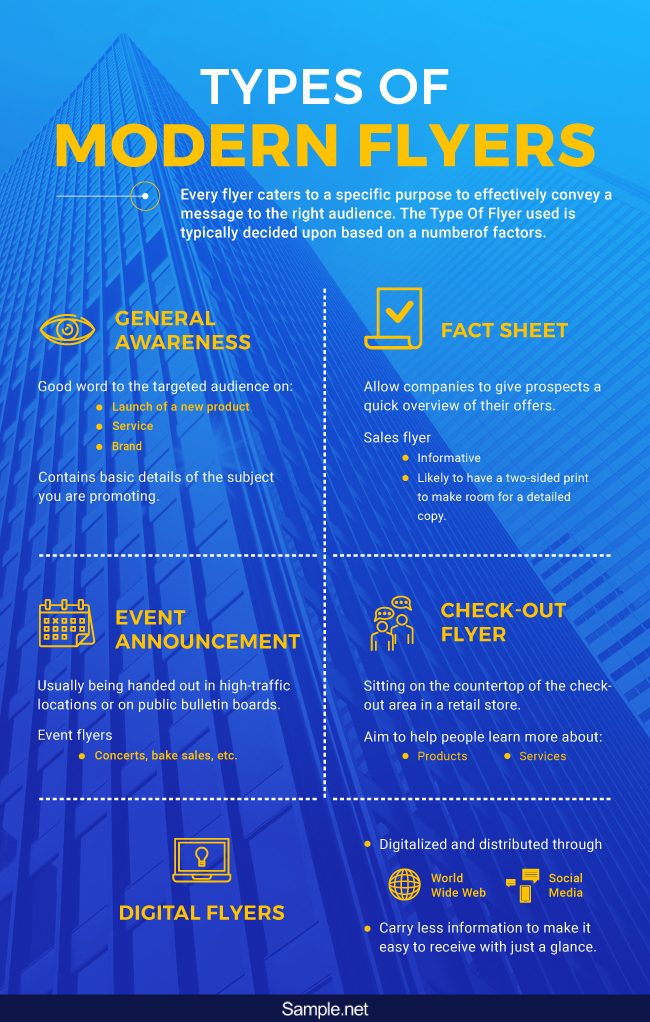
How to Create the Perfect Modern Flyer
Designing a flyer can be a nerve-wracking experience, especially when it’s your first time. But it doesn’t have to be that way. Creating a flyer that functions the way it should be in a busy marketplace is extremely easy with the help of careful planning and the right techniques. It must have the power to catch and hold a person’s attention long enough for them to act on it. With all this in mind, let’s dive into the steps to create a modern flyer.
Step 1: Define Your Purpose.
What’s your reason for creating the flyer? There has to be more it than to give people information about who you are and what you do. Focus on an overall goal that drove you to design the flyer. Whether it’s to sell a particular product, build awareness about your business, or invite people to your event, your goal will serve as a blueprint that will influence the rest of your flyer elements. It must be clear and concise for you to stay committed to the bigger picture.
Step 2: Create a Thought-Provoking Headline.
Good graphics won’t be enough to captivate your audience. Like any other written matter, your flyer needs a compelling headline to outshine its competitors. But it’s more than just proper wording, as you also need a headline that “pops” right out of the surface. This pertains to the overall visual design of the text as it attempts to emphasize your marketing message. Creating a headline that can grab the eye of your customers and encourage them to read on is a challenge that you must conquer with grace. It’s best to keep it brief and coherent as well, as wordy headlines can be a significant turnoff.
Step 3: Decide on Graphics.
If you want to appeal to your readers, you have to take the visual aspect of your flyer into account. These graphic elements do more than just beautify your layout, as they also play a part in branding your flyer, evoking an emotional response from your readers, and establishing the desired mood that ties in with your product or service offering. Thus, you need to choose graphical contents that are relevant to your purpose and end goal. An eye-catching appearance will make it easier for you to draw customers who are in need of what you have to offer.
Step 4: Write Your Business Message.
There are specific keywords and phrases that can help sell what you are offering by emphasizing the benefits of your product or service. They also provide information that readers might find useful in making their decision. Words that you can add to your strategy include “New,” “Free,” “Easy,” “Save,” “Limited,” and “Now.” Ensure that text elements remain readable from an expected distance. You don’t want to make it difficult for people to read your flyer; otherwise, they might as well ignore it than to exert any form of effort.
Step 5: Include a Call-to-Action.
Just because a flyer isn’t clickable, doesn’t mean you don’t need a call-to-action to generate conversions. CTAs are a necessary part of any marketing material, as they prompt potential customers to respond to your ad in a way that can lead them to convert. This can be anything from calling a phone number to visiting a website, as long as it tells people exactly what you want them to do once they have finished reading your flyer. It has to be placed in the most visible part of your layout for prospects to notice, so it’s best to choose a suitable font style and size to make a difference.
The Dos and Don’ts of Modern Flyers
Marketing with print or digital flyers in the modern age can be a great way to magnify your brand in a tight market. So if you’re planning to do a flyer marketing campaign for your business, it’s crucial to think about your strategy and make sure you get the best return on investment. Good flyer designs can make a significant impact on your conversions, which is why you need to be on the lookout for the dos and don’ts in creating an effective flyer.
The Dos
1. Do think about your audience.
Think about who you are selling to. What elements matter most to your target market? Without a buyer persona, you can’t expect your campaign to generate the desired results. Flyer marketing campaigns only work if the content of the material speaks well with your audience. Thus, it’s important to profile your customers by understanding what they do, what they like, and their behavior when it comes to making purchases. At this point, you should have gathered enough data to determine what people will look for in your advertising flyer.
2. Do express your intentions to solve a problem.
You might have a ton of exciting products and services that customers can avail of, but so do your competitors. People are tired of hearing about what you have to offer, so it’s time to start telling them what you can do to solve their problems. The flyer should tell customers how they can benefit from your products and services, and what makes yours different from what’s already in the market. You can even incorporate this idea into the headline of your flyer to make a first impression that they’re sure to remember.
3. To establish a level of trust.
The human connection that radiates from an advertisement is what makes it successful. You want to make customers feel comfortable about using your products or transacting with you. We’re forced to deal with faceless companies on a daily basis, so it would be nice to connect with a business that genuinely cares about your needs. This is one of the reasons why many shoppers like to purchase from small businesses in their area as opposed to supermarkets in the city. Help people trust you by getting personal in the way you communicate with readers of your flyer.
4. Do be consistent with graphics.
Branding is essential in marketing your business. The key is to build recognition by reinforcing your message and remaining consistent with your designs. It’s best to choose colors and graphics that echo your logo design and other marketing materials. By using similar visuals for every one of your campaigns, you can establish a sense of familiarity that will resonate well with viewers.
5. Do proofread your work.
While it might not seem like a huge deal to you, spelling and grammar errors may say a thing or two about the quality of your offers. These mistakes can also distract readers from the main message of your flyer. If you aren’t careful, it might even give prospects the wrong impression of your business. Take the time to proofread your content once you have finished writing. Keep an eye out for mistakes that might have been missed in your first draft, then repeat this process until your ad copy is free of errors.
The Don’ts
1. Don’t get verbose.
In marketing, saying too much won’t make the impression that you think it will. Cramming as much text as possible into a material with fairly limited space is not something you want to do. Some marketers forget that customers don’t have the longest attention span. A flyer that’s filled with text will only make it hard for people to determine your takeaway, leaving them with nothing important to remember. To get the best results, you must maintain a concise and straightforward message along with your call-to-action.
2. Don’t lose focus.
When you embark on any marketing campaign, setting your goals and objectives is a vital step to obtain success. Your flyer must be targeted to both an audience and an outcome. Apart from a call-to-action, the flyer must also contain all the necessary details that will help you achieve this goal. This includes your ad copy, contact information, and even the images that you add for visual support. It’s easy to get carried away by extravagant graphics and flowery texts, but don’t let this distract you from getting the right point across.
3. Don’t settle for low-quality images.
If you can’t afford a photoshoot for your campaign images, stock photos are the only practical alternative to it. But that doesn’t give you a reason to settle for overused, low-resolution images. Pixelated images will only make your flyer look bad and paint your brand in a bad light. There are a ton of online sources that offer high-quality stock images that are free of charge. Although it does require more time and effort to find, the results will definitely do your flyers a favor.
4. Don’t apply too much color.
We all know that a hint of color can do wonders for the aesthetic quality of a print or digital advertisement. But you also need to remember that a little does go a long way. Too much color can overwhelm viewers and turn the attention away from your text. It will also make your business message more difficult to read or even forgettable in the minds of customers. Thus, it’s better to use colors that match or complement your branding. You can also consider the colors that will help highlight your heading, price, or offer.
5. Don’t ignore suggestions and feedback.
After spending countless hours trying to perfect a marketing piece, we don’t exactly have the best judgment over what we’ve managed to create. You have to be open to criticisms regarding the contents of your flyer design. Seek professional help from people with years of experience or even from a friend or family member that could offer you their honest opinion. You want to make a flyer with the best interest of your audience in mind, so who better to ask feedback from than someone who also constitutes as an average consumer?

A good modern flyer design will stand out in the eyes of recipients. Get started with your marketing campaign today with the use of a flyer template to help hasten the process. Simply customize the modern flyer template with your own texts, colors, and images until you’re fully satisfied with the results. Using the template as well as the guidelines provided is sure to help you create quality content for a higher response rate.


